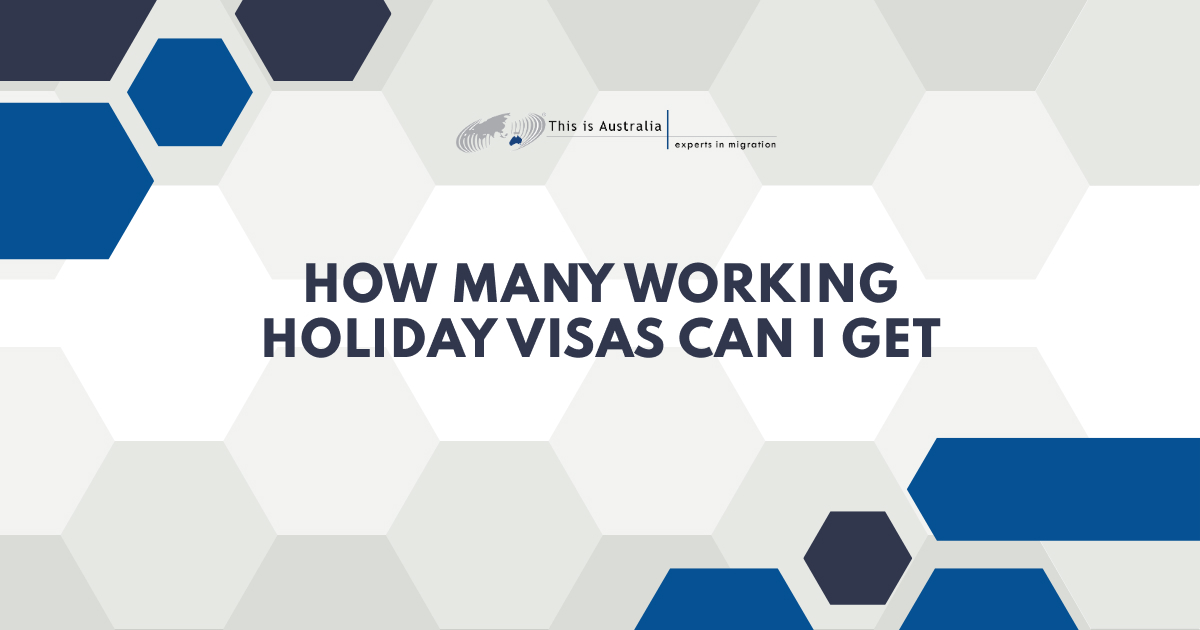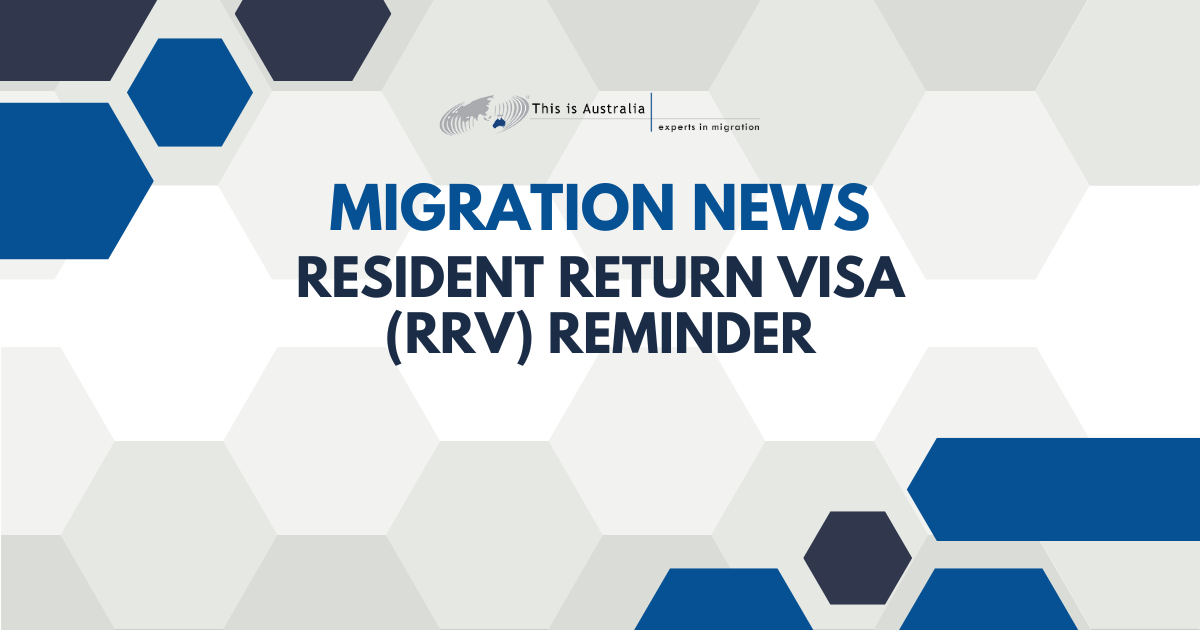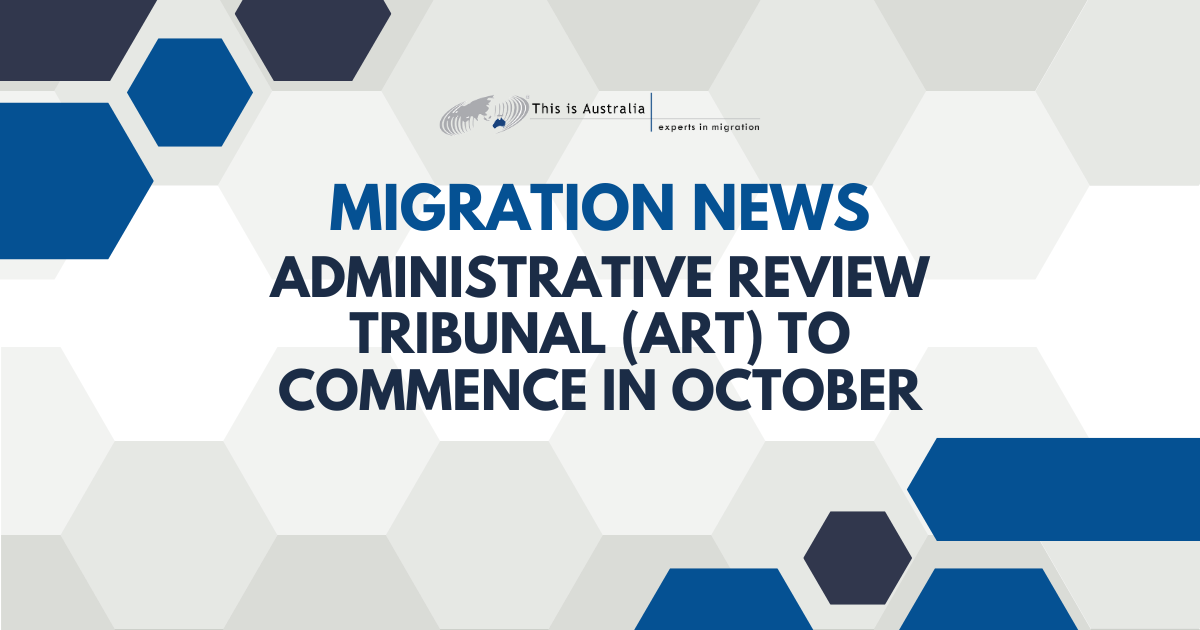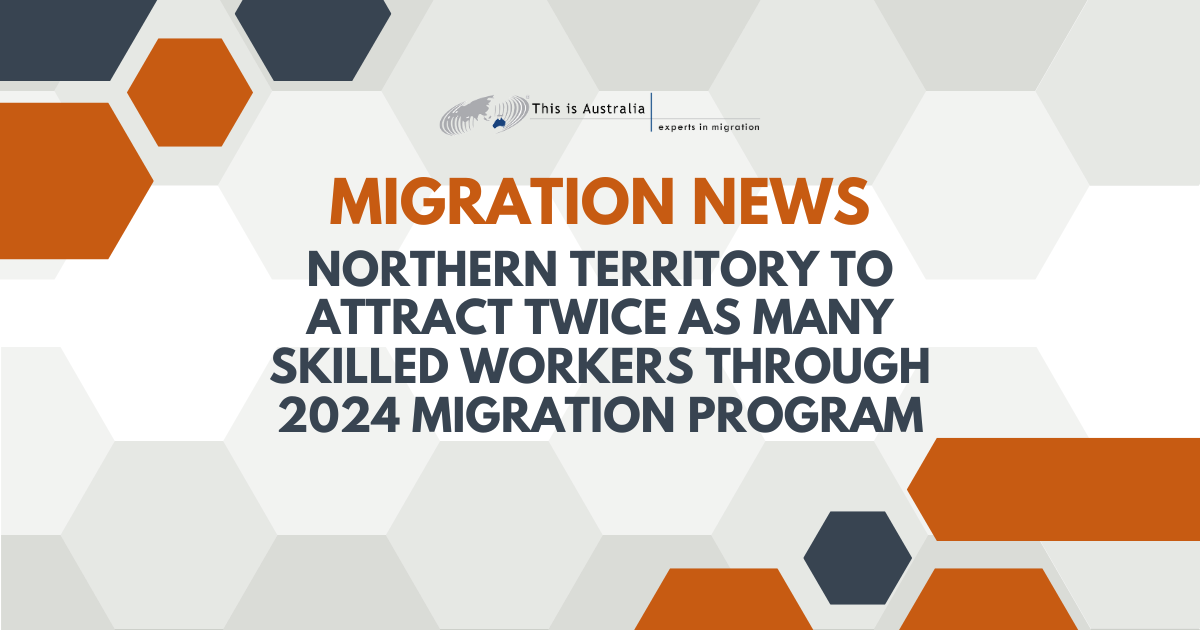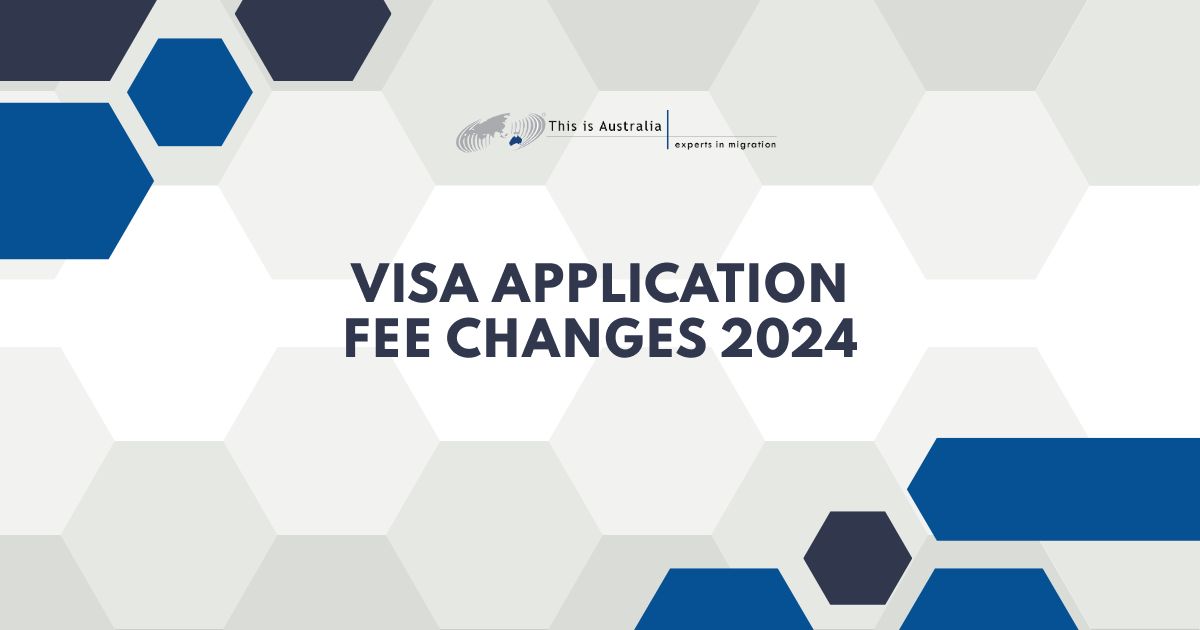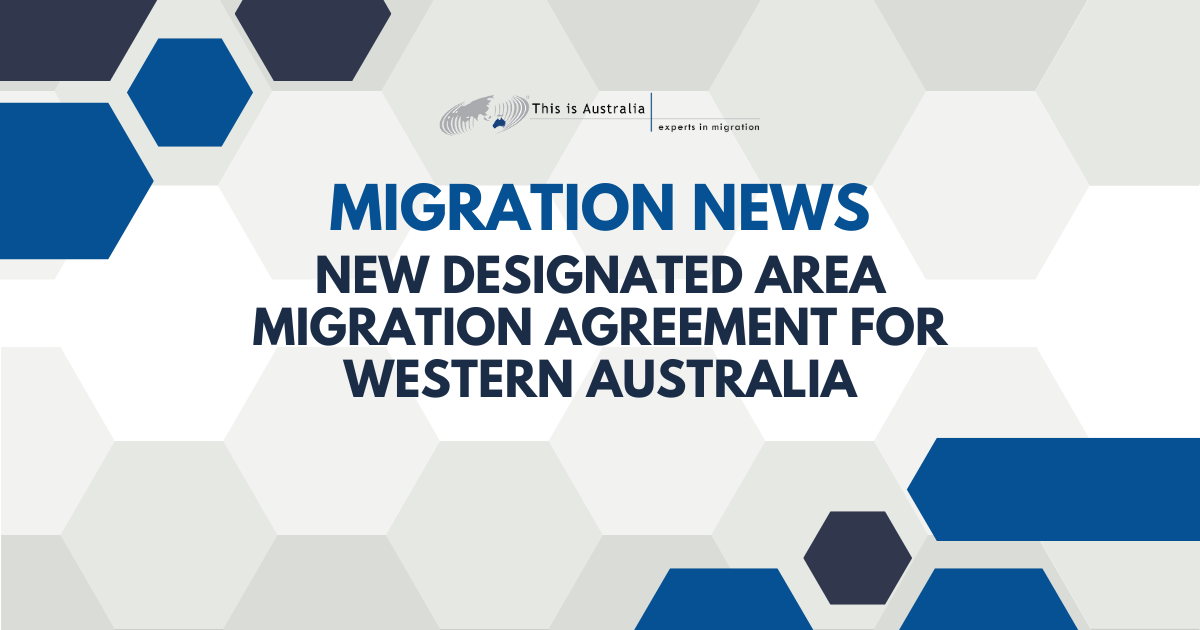Migration Strategy Released
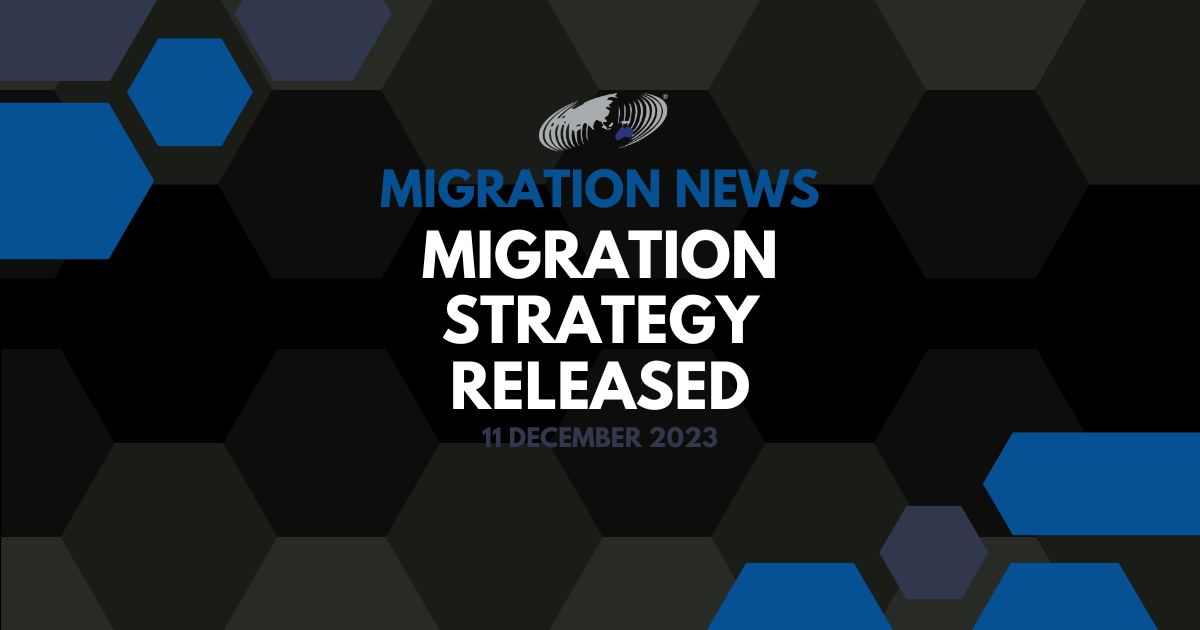
The long-awaited Migration Strategy was released today.
Below is an overview of the new strategy, which is designed to make our skilled migration system more focused on skills required to build productivity and use permanent migration to build and innovative and effective workforce for Australia’s future.
The strategy based on 8 key actions:
1. Targeting temporary skilled migration to address skills needs and promote worker mobility
2. Reshaping permanent skilled migration to drive long-term prosperity
3. Strengthening the integrity and quality of international education
4. Tackling worker exploitation and the misuse of the visa system
5. Planning migration to get the right skills in the right places
6. Tailoring regional visas and the Working Holiday Maker program to support regional Australia and its workers
7. Deepening our people-to-people ties in the Indo-Pacific
8. Simplifying the migration system to improve the experience for migrants and employers.
Certain parts of the strategy are still to be finalised after further consultation as recommended by the Parkinson review. The key announcements include:
Migration Program Planning
The government will extend migration planning beyond the current 12-month planning cycle to fill critical skills shortages and ensure better collaboration with the states and territories.
Net overseas migration numbers are expected to fall from 510,000 in the 2022-23 financial year to 375,000 next financial year and 250,000 in 2024-25. The numbers are predicted to stabilise at this lower level from that time on.
International student numbers grew to 270,000 in 2022-23 up from 170,000 in 2028-19 prior to COVID, which also saw a return to Australia of students who had been forced to study online and offshore during the pandemic.
Temporary visa holders, i.e. Temporary Skilled, Working Holidays Maker and COVID pandemic event visas, accounted for 180,000 places in 2022-23, up from 100,000 in 2018-19.
Skilled temporary visas
A new three-tiered system of visa pathways to replace the TSS SC 482. The ‘essential skills’ visa for those earning under $70,000, the ‘core skills’ visa for the $70-135,000 cohort and the ‘specialist skills‘ visa for those earning over $135,000 per year.
- The specialist skills visa pathway will not have an occupational list and a processing turnaround of 7 days. Trades occupations, machinery operators, drivers and labourers will be excluded from this visa class. There will be 3,000 places allocated per year.
- The core skills visas pathway is expected to provide the majority of visa for the program. Trades workers will be required to apply under this visa based on a revised ‘skills in demand list’ developed by Jobs and Skills Australia.
- The details of the essential skills visa pathway are yet to be finally determined. This visa will involve union oversight, be capped and be restricted to specific sectors. To date the aged care and disability sectors have been mentioned.
The visas will be granted for up to 4 years and visa holders will be able to change employers more easily and provide clear pathways to permanent residency. The ‘TSMIT’ will be indexed annually and a public register of employer sponsors to allow more ease with moving between employers.
Skilling Australians Fund
Consideration will be given to collecting the SAF in smaller increments over time in recognition of the greater freedom of visa holders to change employers. A monthly or quarterly payment model will be explored.
Labour Market Testing
LMT is to be streamlined, although the only announcement so far is that the requirement to advertise on the Workforce Australia site will be abolished. The validity of advertising period will increase from 4 to 6 months.
LMT will be gradually phased out as Jobs and Skills Australia data on skills shortages improves and a Core Skilled Occupation List created as an alternative to LMT.
Points tests
The points test will be reviewed. Further consultation will occur on a new points test, with the development of a new analysis-based points test to identify more effectively the independent migrants who will make the greatest contribution to the country. This pathway will have a faster pathway to permanent residence for graduates working in skilled jobs.
Temporary Graduate Visas
There will be considerable change to these visas as they become more targeted towards international graduates with skills required by Australian employers, including:
- reducing the length of stay for these international graduates
- preventing holders of the new graduate visas from moving back onto student visas
- preventing the stay of International graduates without skills in demand from remaining in Australia.
- reducing the age eligibility from 50 to 35 years of age
- increased English language levels for temporary graduate visas
Student visas
There will be significant changes to the student visa program, although the number of places will not be capped. Instead other migration levers will be used to control numbers, including;
- higher English language levels for student visa applicants
- reducing the types of courses eligible for student visas with the focus on retaining tertiary university courses
- preventing course swapping
- increased funding for visa integrity and to identify the ‘genuine student test’.
Education Agents
Regulation of education agents through an expansion of the Office of the Migration Agents Registration Authority will be investigated.
Regional migration
The government has acknowledged the lack of success of current regional migration strategies in attracting migrants to those locations. The government will work closely with the state and territories to provided better targeting of regional population needs. Regional visa applications will also be fast tracked.
Regional migration settings and the Working Holiday Maker program will be reviewed to ensure migration supports development objectives in regional Australia and does not contribute to the exploitation of migrant workers.
Working Holiday Makers
No changes at this stage to the WHM program although the length of stay and the 88 day rules are under consideration.
Global Talent and Business Skills
The Global Talent program will be more sharply focused on a relatively small number of migrants who can make outsized contributions to Australia. There will be consideration of a new ‘talent and innovation’ visa.
The Business Innovation and Investment Program has seen over 80% of company directors invest in small retail or hospitality businesses, rather than in sectors that will drive Australia’s future innovation and productivity. The Significant Investor Visa program looks set to continue with some further adjustment.
Foreign Investment Fees for property
it has also been announced that foreign investors who buy established homes and higher penalties if they leave them vacant.
The foreign investment fees will be tripled and vacancy fees will be doubled for all foreign owned dwellings purchased since 9 May 2017.
Registered Migration Agents
The Government will consult on the feasibility of limiting the involvement of unregistered overseas providers in the migration system, and severely curtail and monitor the provision of unqualified advice from influencing the visa lodgement process.
Strengthening the regulation of registered migration agents (not detailed in the strategy) and combat providers of unscrupulous immigration assistance, including increasing financial penalties.

